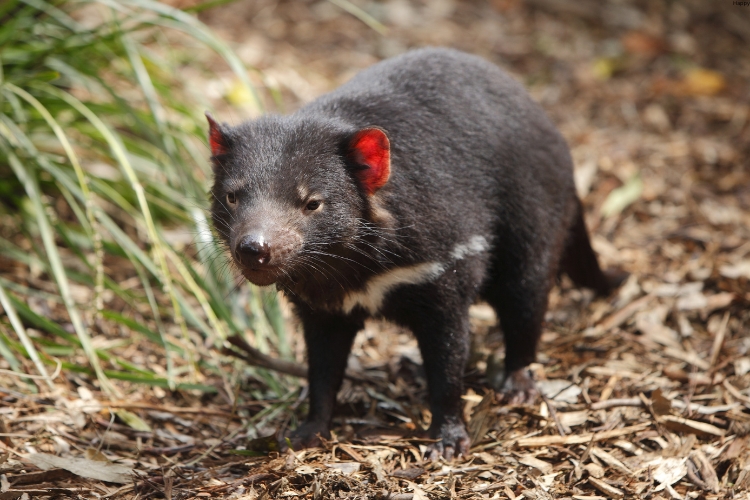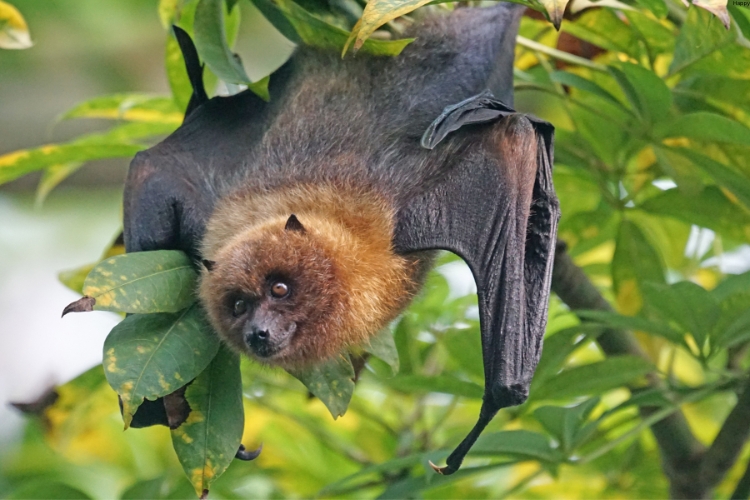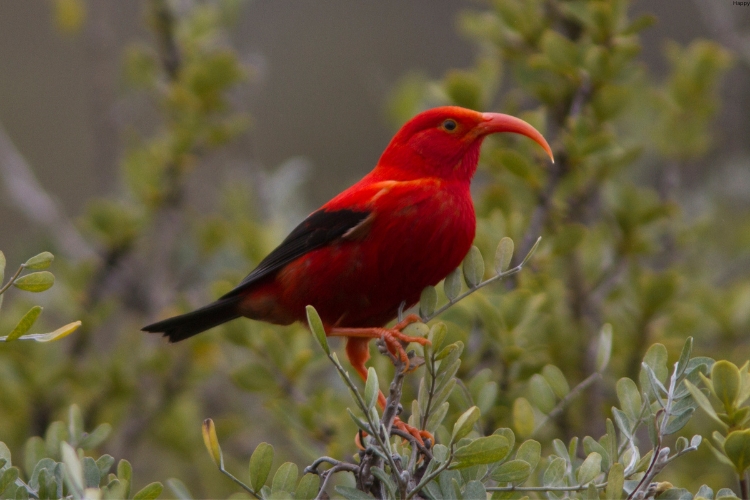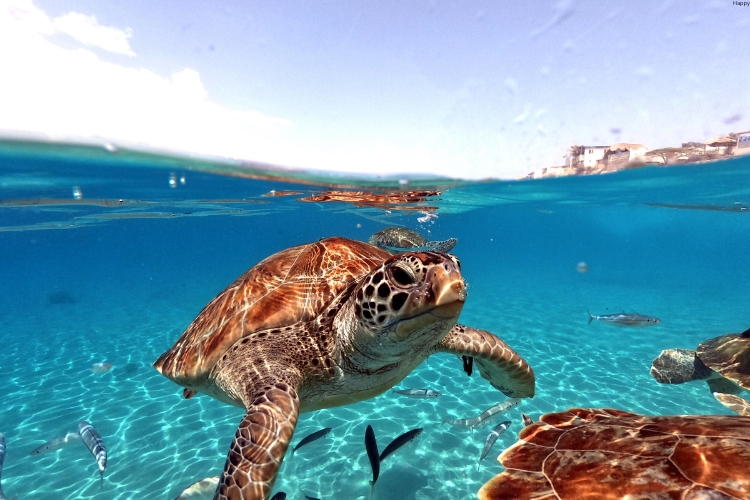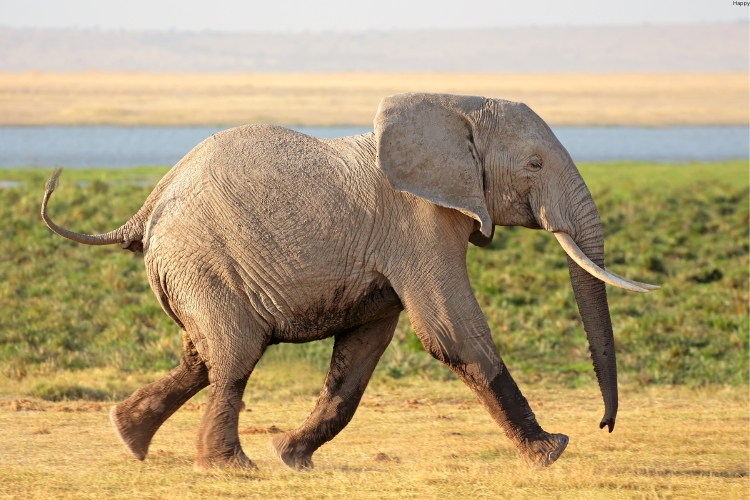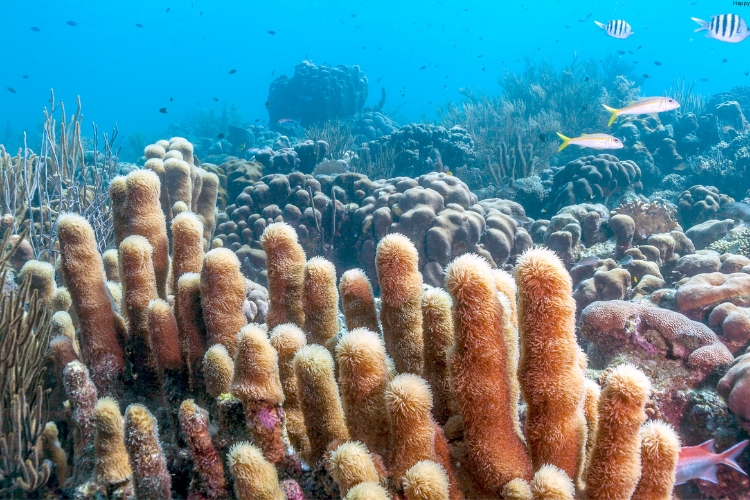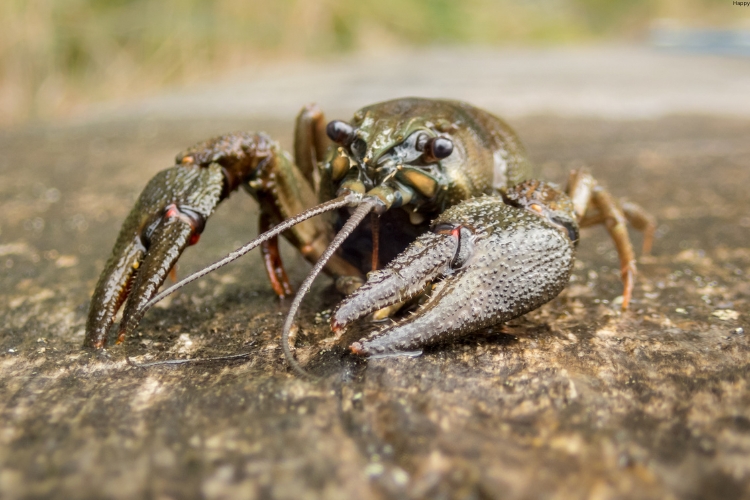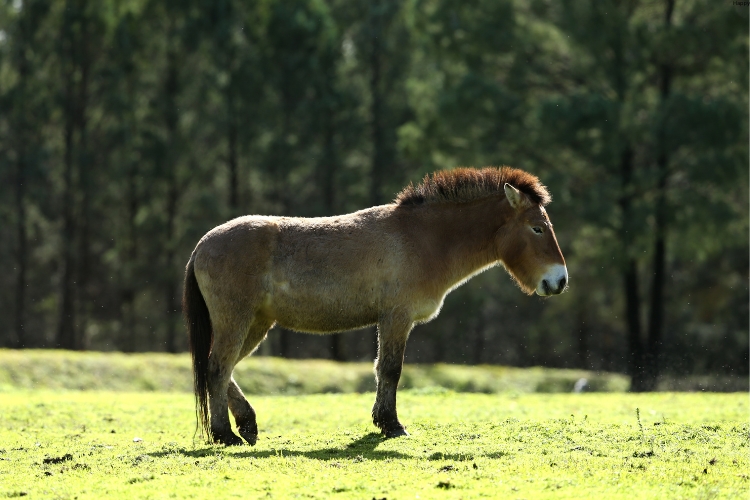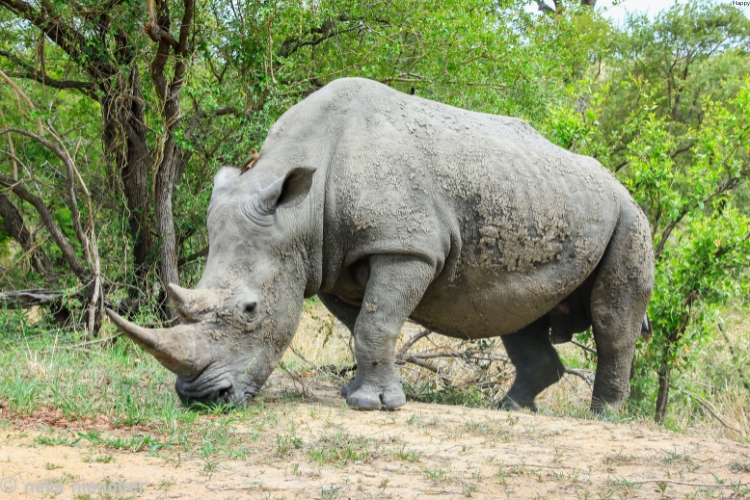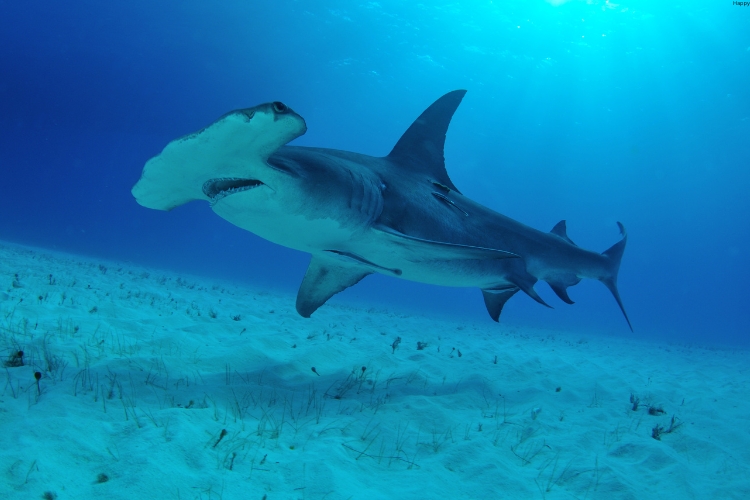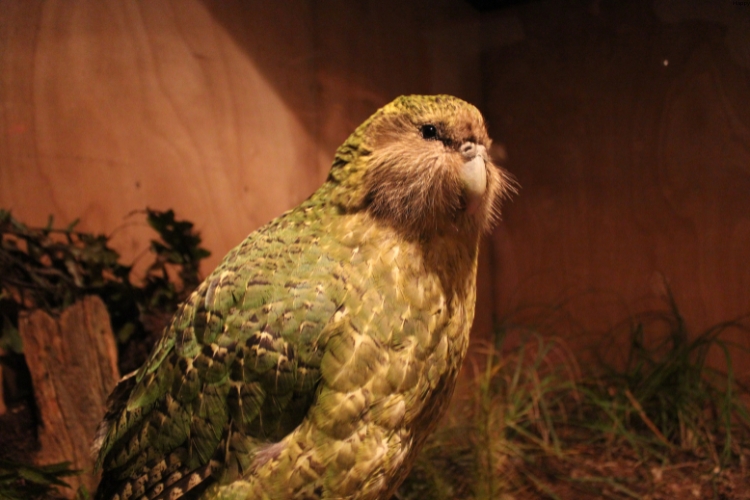In the intricate web of life on Earth, the health of individual species plays a crucial role in maintaining the balance of entire ecosystems.
However, an alarming number of species are currently facing threats from diseases and parasites, pushing many to the brink of extinction.
In this blog post, we’ll explore the plight of 20 species that are particularly vulnerable to these biological threats, exploring the causes, impacts, and potential solutions to this pressing issue.
Understanding the Threat
Diseases and parasites have always been part of nature’s balance, but human activities have exacerbated their impact on wildlife populations.
Factors such as climate change, habitat destruction, and global travel have created conditions that allow pathogens and parasites to spread more rapidly and to new areas, often with devastating consequences for unprepared species.
Key Factors Contributing to the Crisis:
- Climate change altering disease vectors and host-pathogen relationships
- Habitat loss reducing species’ resilience and increasing stress
- Global trade and travel facilitating the spread of pathogens
- Pollution weakening immune systems of various species
- Loss of genetic diversity in small populations
The 20 Species at Risk
Let’s examine 20 species from various taxonomic groups that are currently threatened by diseases and parasites:
1. Tasmanian Devil (Sarcophilus harrisii)
The Tasmanian Devil, an iconic marsupial native to Australia, faces a severe threat from Devil Facial Tumor Disease (DFTD), a rare contagious cancer.
- Threat: Devil Facial Tumor Disease
- Impact: Population decline of over 80% since the disease was first detected in 1996
- Conservation Status: Endangered
2. North American Bat Species
Several North American bat species are at risk due to White-nose Syndrome (WNS), caused by the fungus Pseudogymnoascus destructans.
- Species affected:
- Little brown bat (Myotis lucifugus)
- Northern long-eared bat (Myotis septentrionalis)
- Indiana bat (Myotis sodalis)
- Impact: Population declines of up to 90% in affected areas
- Conservation Status: Varies from Endangered to Critically Endangered
3. African Lion (Panthera leo)
African lions face multiple disease threats, including canine distemper virus (CDV) and bovine tuberculosis.
- Threats: Canine Distemper Virus, Bovine Tuberculosis
- Impact: Significant population declines in affected areas, such as the Serengeti
- Conservation Status: Vulnerable
4. Hawaiian Honeycreepers
These endemic birds of Hawaii are threatened by avian malaria, spread by introduced mosquitoes.
- Species affected:
- ‘Akikiki (Oreomystis bairdi)
- ‘Akeke’e (Loxops caeruleirostris)
- Threat: Avian Malaria
- Impact: Several species on the brink of extinction
- Conservation Status: Critically Endangered
5. Saiga Antelope (Saiga tatarica)
The saiga antelope has experienced mass die-offs due to hemorrhagic septicemia, caused by the bacterium Pasteurella multocida.
- Threat: Hemorrhagic Septicemia
- Impact: Loss of over 200,000 individuals in a single outbreak in 2015
- Conservation Status: Critically Endangered
6. European Ash (Fraxinus excelsior)
Ash dieback disease, caused by the fungus Hymenoscyphus fraxineus, threatens European ash trees.
- Threat: Ash Dieback Disease
- Impact: Potential loss of up to 95% of ash trees in Europe
- Conservation Status: Near Threatened
7. Sea Turtles
Various sea turtle species are affected by fibropapillomatosis, a disease causing debilitating tumors.
- Species affected:
- Green sea turtle (Chelonia mydas)
- Loggerhead sea turtle (Caretta caretta)
- Threat: Fibropapillomatosis
- Impact: Reduced survival and reproductive success
- Conservation Status: Varies from Vulnerable to Critically Endangered
8. Chytrid Fungus-Affected Amphibians
Numerous amphibian species worldwide are threatened by chytridiomycosis, caused by the fungi Batrachochytrium dendrobatidis (Bd) and B. salamandrivorans (Bsal).
- Species affected:
- Golden frog (Atelopus zeteki)
- Mountain yellow-legged frog (Rana muscosa)
- Threat: Chytridiomycosis
- Impact: Population crashes and potential extinctions
- Conservation Status: Critically Endangered
9. African Elephant (Loxodonta africana)
African elephants, particularly young individuals, are threatened by Endotheliotropic Elephant Herpesvirus (EEHV).
- Threat: Endotheliotropic Elephant Herpesvirus
- Impact: Fatal hemorrhagic disease, especially in young elephants
- Conservation Status: Vulnerable
10. Caribbean Corals
Several coral species in the Caribbean are affected by Stony Coral Tissue Loss Disease (SCTLD).
- Species affected:
- Pillar coral (Dendrogyra cylindrus)
- Elliptical star coral (Dichocoenia stokesii)
- Threat: Stony Coral Tissue Loss Disease
- Impact: Rapid tissue loss and colony death
- Conservation Status: Critically Endangered
11. American Chestnut (Castanea dentata)
Once a dominant tree in eastern North American forests, the American chestnut has been decimated by chestnut blight.
- Threat: Chestnut Blight (Cryphonectria parasitica)
- Impact: Near extinction of mature trees in its native range
- Conservation Status: Critically Endangered
12. Black-footed Ferret (Mustela nigripes)
The black-footed ferret, one of North America’s most endangered mammals, is threatened by sylvatic plague.
- Threat: Sylvatic Plague
- Impact: Severe population declines and loss of prey (prairie dogs)
- Conservation Status: Endangered
13. European Crayfish (Austropotamobius pallipes)
Native European crayfish are threatened by crayfish plague, caused by the oomycete Aphanomyces astaci.
- Threat: Crayfish Plague
- Impact: Significant population declines across Europe
- Conservation Status: Endangered
14. Florida Manatee (Trichechus manatus latirostris)
Florida manatees are affected by various diseases, including papillomavirus-associated diseases.
- Threat: Papillomavirus and other diseases
- Impact: Reduced health and survival rates
- Conservation Status: Threatened
15. Przewalski’s Horse (Equus ferus przewalskii)
This rare and endangered horse species is vulnerable to equine influenza and other infectious diseases.
- Threat: Equine Influenza and other diseases
- Impact: Potential for severe population declines in small, isolated populations
- Conservation Status: Endangered
16. Giant Panda (Ailuropoda melanoleuca)
Giant pandas are susceptible to canine distemper virus, which can be fatal.
- Threat: Canine Distemper Virus
- Impact: Potential for significant mortality in affected populations
- Conservation Status: Vulnerable
17. Kakapo (Strigops habroptilus)
The critically endangered kakapo, a flightless parrot native to New Zealand, is highly susceptible to aspergillosis.
- Threat: Aspergillosis
- Impact: Potential for significant mortality in the small remaining population
- Conservation Status: Critically Endangered
18. White Rhinoceros (Ceratotherium simum)
White rhinos are vulnerable to various diseases, including tuberculosis.
- Threat: Tuberculosis and other diseases
- Impact: Reduced health and potential mortality in affected individuals
- Conservation Status: Near Threatened (Southern White Rhino), Critically Endangered (Northern White Rhino)
19. Sacramento Mountains Checkerspot Butterfly (Euphydryas anicia cloudcrofti)
This rare butterfly species is threatened by an unknown pathogen causing population declines.
- Threat: Unknown pathogen
- Impact: Significant population declines
- Conservation Status: Endangered
20. Hammerhead Shark Species
Various hammerhead shark species are affected by a fungal skin disease.
- Species affected:
- Great hammerhead (Sphyrna mokarran)
- Scalloped hammerhead (Sphyrna lewini)
- Threat: Fungal skin disease
- Impact: Reduced health and potential mortality
- Conservation Status: Varies from Vulnerable to Critically Endangered
Table: Summary of 20 Species Threatened by Disease and Parasites
| Species | Primary Threat | Conservation Status |
|---|---|---|
| Tasmanian Devil | Devil Facial Tumor Disease | Endangered |
| North American Bats | White-nose Syndrome | Endangered to Critically Endangered |
| African Lion | Canine Distemper Virus, Bovine Tuberculosis | Vulnerable |
| Hawaiian Honeycreepers | Avian Malaria | Critically Endangered |
| Saiga Antelope | Hemorrhagic Septicemia | Critically Endangered |
| European Ash | Ash Dieback Disease | Near Threatened |
| Sea Turtles | Fibropapillomatosis | Vulnerable to Critically Endangered |
| Amphibians | Chytridiomycosis | Critically Endangered |
| African Elephant | Endotheliotropic Elephant Herpesvirus | Vulnerable |
| Caribbean Corals | Stony Coral Tissue Loss Disease | Critically Endangered |
| American Chestnut | Chestnut Blight | Critically Endangered |
| Black-footed Ferret | Sylvatic Plague | Endangered |
| European Crayfish | Crayfish Plague | Endangered |
| Florida Manatee | Papillomavirus | Threatened |
| Przewalski’s Horse | Equine Influenza | Endangered |
| Giant Panda | Canine Distemper Virus | Vulnerable |
| Kakapo | Aspergillosis | Critically Endangered |
| White Rhinoceros | Tuberculosis | Near Threatened to Critically Endangered |
| Sacramento Mountains Checkerspot Butterfly | Unknown pathogen | Endangered |
| Hammerhead Sharks | Fungal skin disease | Vulnerable to Critically Endangered |
Conservation Efforts and Solutions
Addressing the threats posed by diseases and parasites requires a multi-faceted approach:
- Research and Monitoring: Ongoing studies to understand disease dynamics and develop early warning systems.
- Habitat Protection: Preserving and restoring natural habitats to boost species’ resilience.
- Captive Breeding Programs: Maintaining insurance populations for critically endangered species.
- Disease Management: Developing treatments, vaccines, and management strategies for wildlife diseases.
- Policy and Regulation: Implementing stronger biosecurity measures and wildlife trade regulations.
- Public Awareness: Engaging communities in conservation efforts and citizen science projects.
- Genetic Management: Maintaining genetic diversity to enhance disease resistance.
- One Health Approach: Recognizing the interconnectedness of human, animal, and environmental health.
Conclusion
The threat of diseases and parasites to these 20 species represents a microcosm of a larger global biodiversity crisis. Each species plays a crucial role in its ecosystem, and their loss could have far-reaching consequences.
By understanding the scope of the problem and taking decisive action, we can work towards protecting these vulnerable species and preserving the rich tapestry of life on Earth.
As we face this challenge, it’s crucial to remember that the health of these species is intrinsically linked to our own. Protecting biodiversity is not just about saving individual species; it’s about maintaining the delicate balance of ecosystems that support all life, including humans.
Through concerted efforts in research, conservation, and policy-making, we can hope to turn the tide and ensure a healthier future for both wildlife and humanity.


